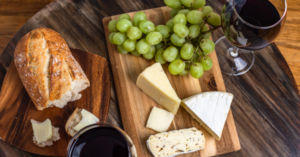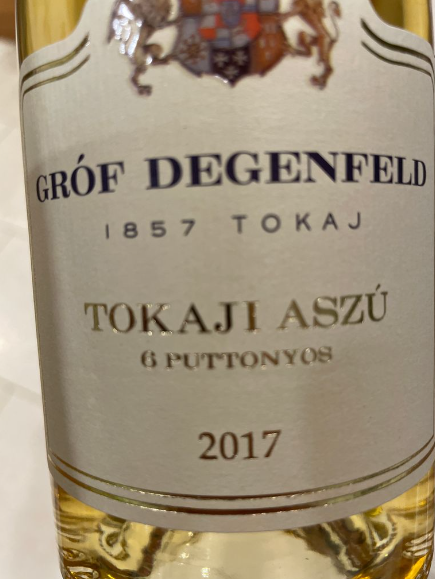The world of food and wine pairing is a delicate dance of flavors that, when done right, elevates both the dining experience and the nuances of the wine. However, a misstep in pairing can lead to a clash of tastes, overshadowing the virtues of each. In this guide, we’ll explore common food and wine pairing mistakes and provide insights on how to sidestep them, allowing you to savor the symphony of flavors in every sip and bite.

Ignoring Intensity Levels
One prevalent mistake is overlooking the intensity levels of both the food and the wine. A robust, full-bodied wine may overpower delicate dishes, while a light wine might get lost when paired with hearty, bold flavors. Match the intensity of your wine with the intensity of your dish to ensure a harmonious balance on the palate.
Disregarding Sweetness Levels
Sweetness levels in both food and wine can either complement or clash. Avoid pairing a sweet wine with an overly sweet dish, as it can make both taste cloying. Conversely, a dry wine may taste excessively tart when paired with a sugary dessert. Strike a balance by pairing sweet dishes with slightly sweet or off-dry wines for a delightful contrast.
Neglecting Acidity
Acidity is a key factor in both food and wine, and neglecting its role in pairing can lead to a lack of balance. High-acid wines, like Sauvignon Blanc or Chardonnay, pair well with acidic dishes, cutting through richness and enhancing flavors. Pairing a high-acid wine with a low-acid dish or vice versa may result in a less enjoyable dining experience.
Matching Red Wine with All Meats
While red wine is often associated with meats, it’s essential to consider the preparation and sauces. Pairing a bold Cabernet Sauvignon with a delicate fish or a spicy curry might overpower the dish. Opt for lighter reds like Pinot Noir for fish or choose a robust white wine for heartier meat dishes, taking into account the specific flavors of the dish.
Overlooking Tannins
Tannins, commonly found in red wines, can clash with certain foods, especially those high in salt. The astringency of tannins can be accentuated when paired with salty dishes, resulting in a bitter taste. When enjoying salty foods, opt for wines with lower tannin levels, such as a fruity Merlot or a lighter-style red.
Not Considering Spice Levels
Pairing wine with spicy dishes requires careful consideration. High-alcohol wines can intensify the heat, making the spice overpowering. Instead, opt for low-alcohol, slightly sweet wines, or those with residual sugar to balance and complement the spiciness. Off-dry Rieslings or Gewürztraminers are excellent choices for spicy cuisines.
Fearing Contrasts
Contrast can be a powerful tool in food and wine pairing when done intentionally. However, the mistake lies in fearing these contrasts altogether. Experimenting with sweet and savory, rich and refreshing pairings can lead to delightful surprises. Embrace the opportunity to explore the diverse world of flavors, finding unique combinations that suit your palate.
Serving Wine at the Wrong Temperature
Temperature plays a crucial role in how wines express their flavors. Serving white wines too cold or red wines too warm can hinder the overall experience. Follow general guidelines, such as serving whites slightly chilled and reds at cellar temperature, but also trust your taste preferences and adjust accordingly.
Sticking to Rules Too Strictly
While guidelines exist for food and wine pairing, adhering to them too rigidly can stifle creativity. Personal preferences and individual taste buds vary, so don’t be afraid to experiment and trust your instincts. If a combination brings you joy, it’s a successful pairing, regardless of traditional rules.
Neglecting Personal Preferences
Perhaps the most significant mistake is neglecting your personal preferences. Food and wine pairing is a subjective experience, and what works for one person may not for another. Pay attention to your own palate, experiment with pairings, and discover the combinations that bring you the most pleasure.
Conclusion
Avoiding common food and wine pairing mistakes involves a nuanced understanding of flavors, textures, and personal preferences. By embracing the diversity of both food and wine, considering their individual characteristics, and trusting your own palate, you can elevate your dining experiences to new heights. Whether a novice or a seasoned enthusiast, the journey of perfect pairings is a continual exploration, promising delightful surprises and a deeper appreciation for the art of gastronomy.




